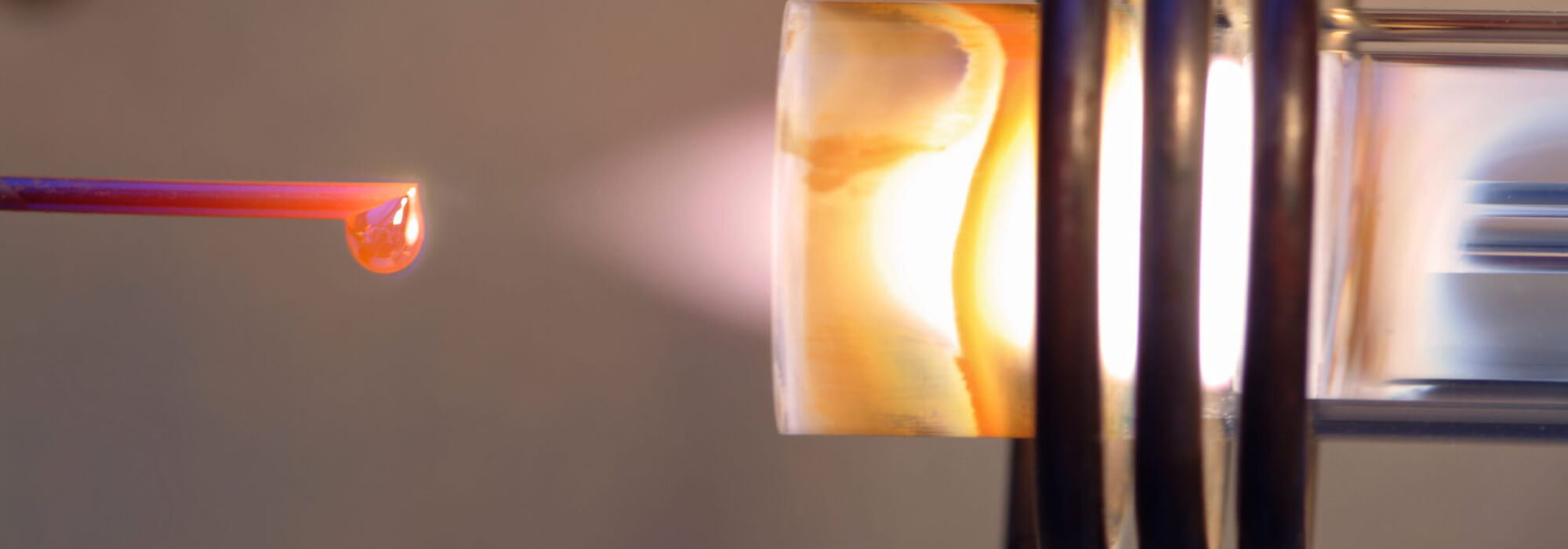Solution/Suspension Precursor Plasma Spray
Solution Precursor Plasma Spray Deposition of Porous Tin Oxide Coatings for Gas Sensors
- Ken Chien
The solution precursor plasma spray (SPPS) is applied to fabricate nano-crystalline porous SnO2 coatings as a gas sensing layer. The advantages of using SPPS to fabricate porous coatings are two-fold. The SPPS eliminates powder preparation steps, as solution feedstock is used. Another advantage of SPPS is the production of ultra-fine particles with a strong cohesion between them and good adhesion to substrates.
Two designs of experiments identify influential variables on coating porosity and optimize coating sensitivity. This research identifies retained solution precursor, solid particles, hollow spheres and exploded hollow spheres as main constituents. The microstructure of the coating with the highest sensitivity is a combination of agglomerated particles, with micro-pores inside and a void channel network.
This work demonstrates SPPS is capable of producing porous layers which have comparable sensing performance to sensors fabricated by sintering.
Solution Precursor Plasma Spray of Hydroxyapatite Coatings
- Eugenio Garcia
Plasma sprayed hydroxyapatite (HA) has been used extensively as surface coatings on metallic implants since the mid-1980s. These biomedical implants are generally made of biocompatible stainless steels, CoCr alloys, or Ti alloys. The coatings have been shown to promote bone fixation and osteoconductivity. However, there are some concerns related to the formation of large particle debris during the resorption of the coating. To overcome this situation coatings formed by smaller features are required. Submicron/nanocrystalline HA coatings may improve the resorption of the coating in the body, avoiding the irritant effect of large particles which may be seen in current thermal sprayed HA coatings.
A modification of the conventional plasma spray technique, solution precursor plasma spray (SPPS), has been reported to produce submicron/nanocrystalline structured coatings from relatively inexpensive precursors. In this process, a solution of the coating precursors is atomized and injected into a direct current (DC) plasma jet. The precursor droplets undergo rapid evaporation and breakup in the plasma. This is followed by precipitation and pyrolysis. The operative mechanisms in SPPS were found to be critically dependent on the trajectories of the precursor droplets in the plasma jet. The typical features vary from undecomposed precursor droplets to adherent deposits. The adherent deposits are obtained when the precursors are injected to the hot area of the plasma where they melt and solidify upon arriving at the substrate.
The solution precursors used in this project were developed previously for a sol-gel deposition process. Sol-gel- Ca-P/HA thin coatings formed by either a so-called inorganic or organic route have been reported in the literature. In general, these liquids consist of a colloidal suspension of inorganic hydroxide particles or metal alkoxide or other organic precursors.
The purpose of the present investigation is to compare the characteristics of the Ca-P coatings obtained by the solution plasma spray deposition technique using two different liquid precursors as feedstock.
Liquid Precursor Plasma Spraying of TiO2 and BaTiO3 Coatings
- Eugenio Garcia
In recent years solution/suspension plasma spray deposition technique is being widely used to obtain coatings with a wide variety of applications. There are different advantages related with this technique in comparison with the use of conventional atmospheric plasma spray deposition technique to produce ceramic coatings. Two of these advantages are the presence of nano/submicronic features forming the coating microstructure and the relatively inexpensive feedstock materials used to obtain the coatings.
This project explores the suitability of solution/suspension plasma spray to deposit titanium dioxide and barium titanate coatings. Photocatalytic properties of titanium dioxide and dielectric properties of barium titanate coatings will be explained in terms of the microstructure and the crystalline phases present in the coating and correlated with the spraying parameters used during the deposition.


